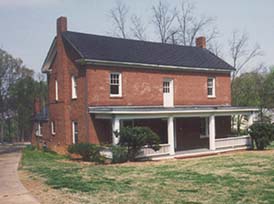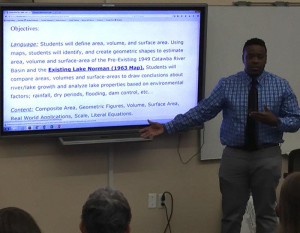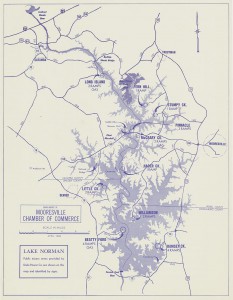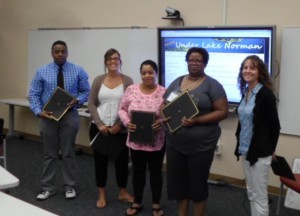This week’s post was written by Caroline Turner ’17, a volunteer in the Davidson College Archives & Special Collections and a future archivist!
When I first heard the presidential portraits were getting moved out of the library, I was initially stunned and more than a little unnerved. How would I be able to work on the first floor without the presidents smiling down encouragingly (or glaring down ominously)? To me, the portraits represented Davidson’s leadership and tradition as well as the college’s arc through time. As a history and art history double major, I felt like the portraits held a special place all together on the library wall, watching all the students working (or socializing). But as I found out more about the project, I knew I wanted to get involved.
I work with Jan Blodgett in the Archives on the second floor of the library, and with Lia Newman in the College Art Galleries over in the VAC. By working in both environments, I had learned the tools of both trades, which would come in handy as I navigated between the art and the history. I was tasked with researching each president and his experience at Davidson and then writing the accompanying label for the portrait, including information about the president’s life and presidency, as well as tidbits about the artist and portrait itself. Each president would be given a new place of honor based on his personal legacy, and I would connect the place to the president in the label.
I worked from most recent president (Thomas Warren Ross), backwards. I began by pulling out each president’s clipping file from the archives and reading through. I expected to quickly find, somewhere near the back of the file, a summary of each president’s contributions to Davidson, perhaps with an announcement of his retirement. But as I opened each file, I found masses of information and I quickly forgot my plan to skip to the back. Often there were cautious announcements of the new president, clipped from The Davidsonian and The Charlotte Observer. Who was he? What will he do? What has his experience been? Then I found invitations to inaugurations, wrapped in tissue paper. Then came the pictures of each president at athletic events, the Cake Races, and speaking at Commencements. These middle pieces were filled with gems.
One of my personal favorite finds was a debacle resulting from President Bobby Vagt hosting a party for graduating seniors. The Charlotte Observer wrote an article titled “Beer, pizza at college bash? Yes, and president’s buying,” in which the author tsked tsked for a president caring more about being popular among, and having fun with, students than about being respected and attending to important college business. Comments streamed in supporting President Vagt, and admiring his dance moves. One local said parents should be grateful their children were attending parties with the “best qualified chaperone.” It was clear from the other notes and Davidsonian articles that I found in President Vagt’s file that the students held him in high regard.
Another fun moment for me was finding out that one of the portraitists never existed. When I got to Dr. Grier Martin’s portrait, I searched for information on the artist, Charles J. Fox. I found some scanty information on how he was a New York businessman and artist, but not a whole lot more. But then I found that Charles J. Fox was actually a pseudonym for Leo Fox, who was actually a New York businessman. He had photographs sent to him for portraits but then sent them right on to Irving Resnikoff, a Russian immigrant. Resnikoff was trained as an artist in St. Petersburg and left Russia in 1917 to go to New York City. He never met any of the people he depicted in portraits, which included many leading figures in government, including John F. Kennedy as well as our President Martin.
I also enjoyed delving deeper into the history of Davidson and realizing how different the College was in its earlier days. I had to blink when I read one quote from a student who said that Reverend John Rood Cunningham “possessed a magnetic presence when riding his horse” and I suppressed a chuckle when I read that President Morrison (who reigned over Davidson from 1836-1840) was in charge of corporal punishment of the 60 boys that attended. He accompanied his physical punishment with a long prayer for the penitence of the sinning boy. One source noted that many boys simply requested two beatings if they could skip the prayer.
I found that poring over the presidencies gave each president a more individual life. No longer were they a row of former presidents scolding me for going on Facebook when I should be writing my history essay. Now I think of Reverend Cunningham when I pass by Belk, which was built during his presidency. I think of the raving reviews of students and faculty alike of President Vagt’s “Donut Wednesdays” when I pass through Chambers lobby. I think of Dr. Kuykendall when a friend discusses their Dean Rusk grant, since the Dean Rusk Program was established under his leadership.
To me, the presidents have become individual leaders and representations of Davidson’s evolution. I hope that their placement and labels encourage students to learn more about the College’s history and connect more with each president. Hopefully the presidential portraits will no longer be just faces of presidents past, but instead will become individuals with stories and experiences that connect with current students, faculty, staff, and visitors.
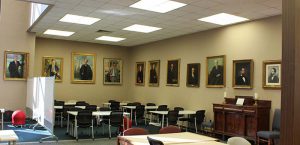



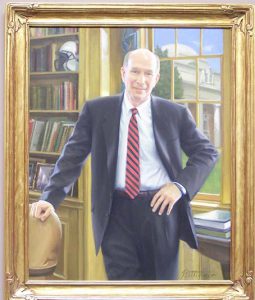


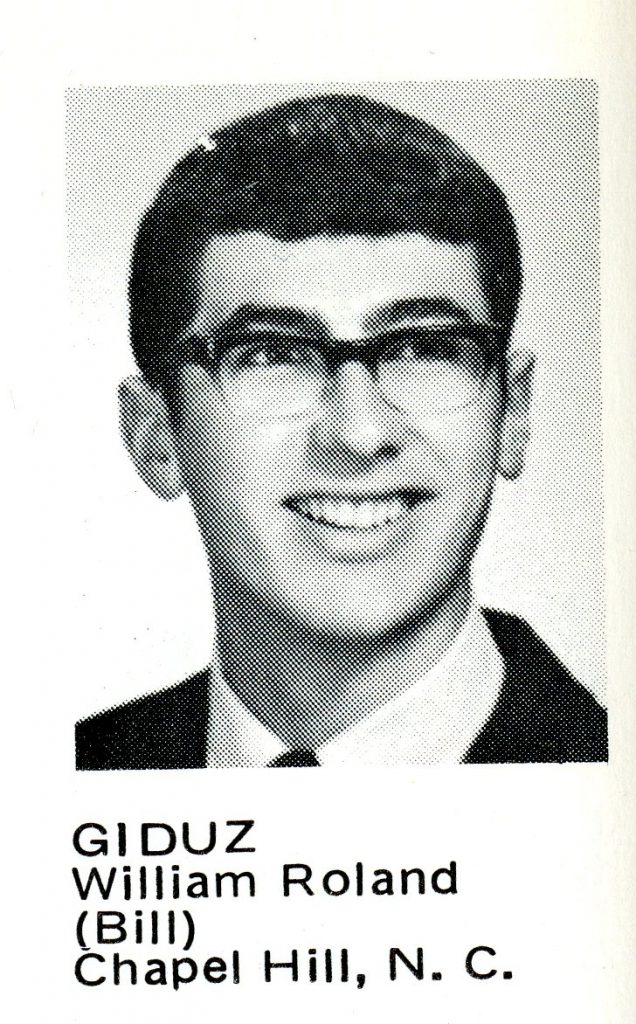

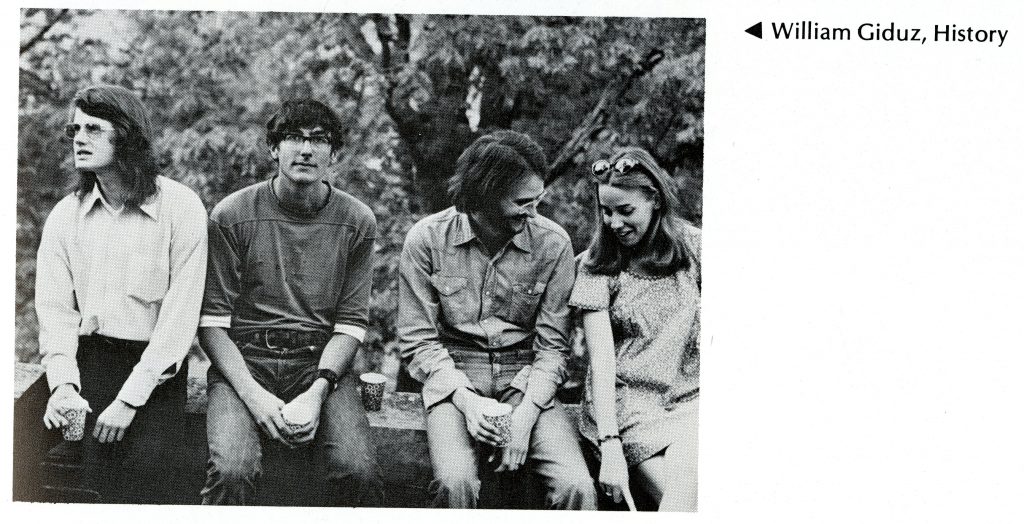

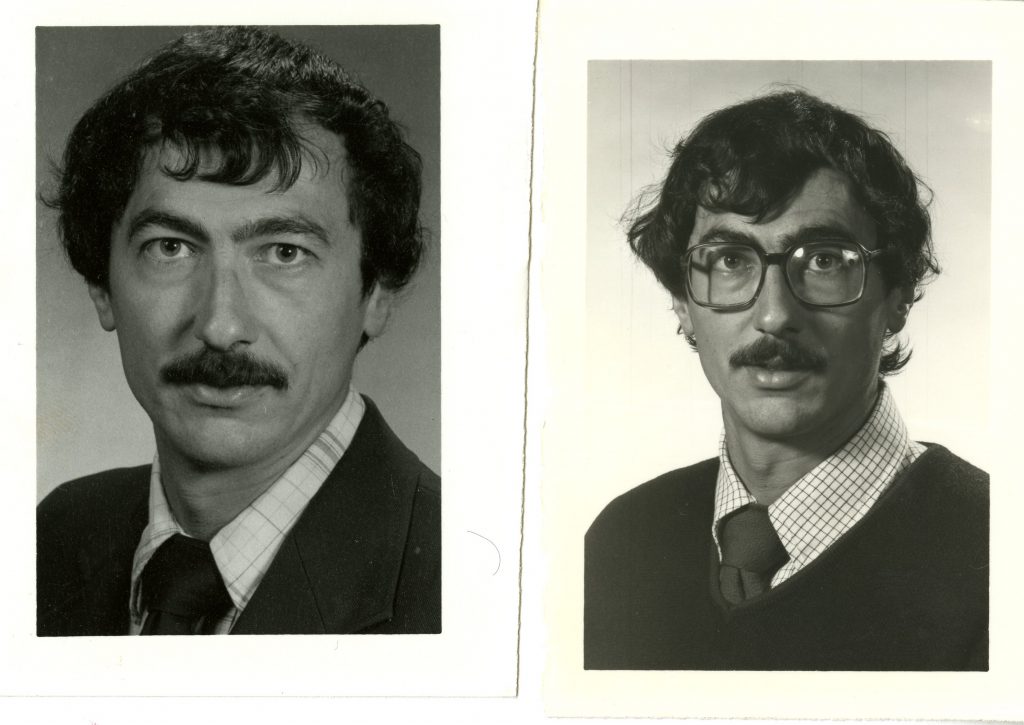


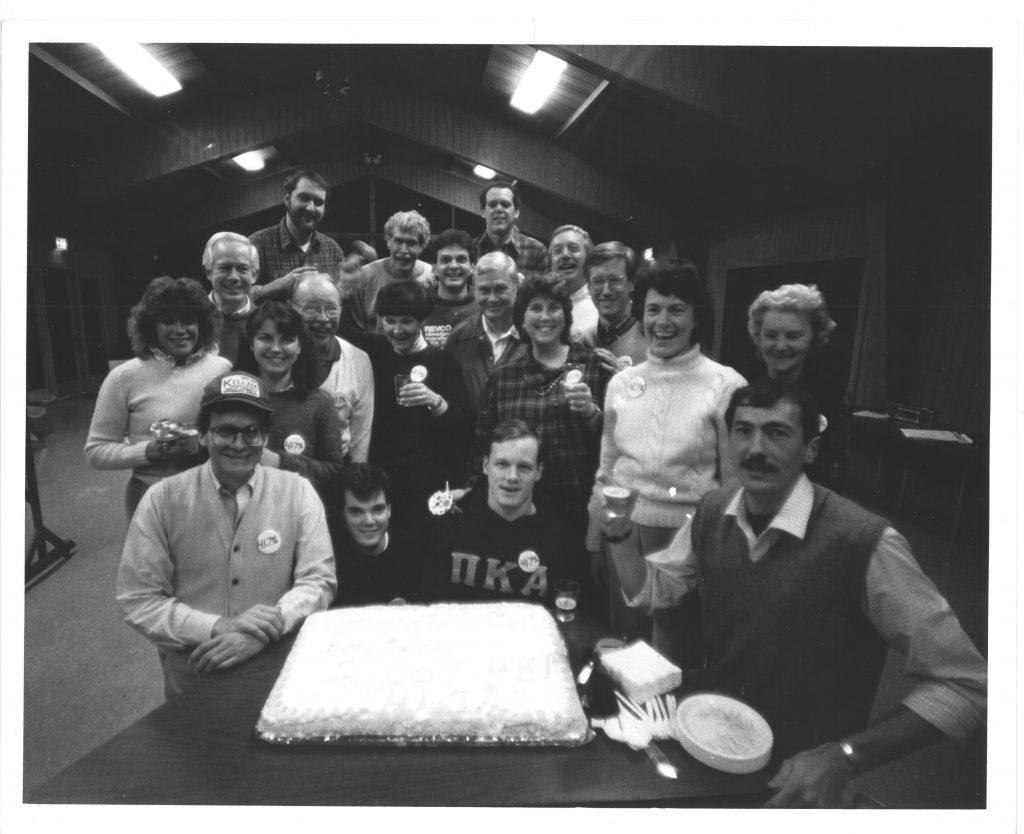
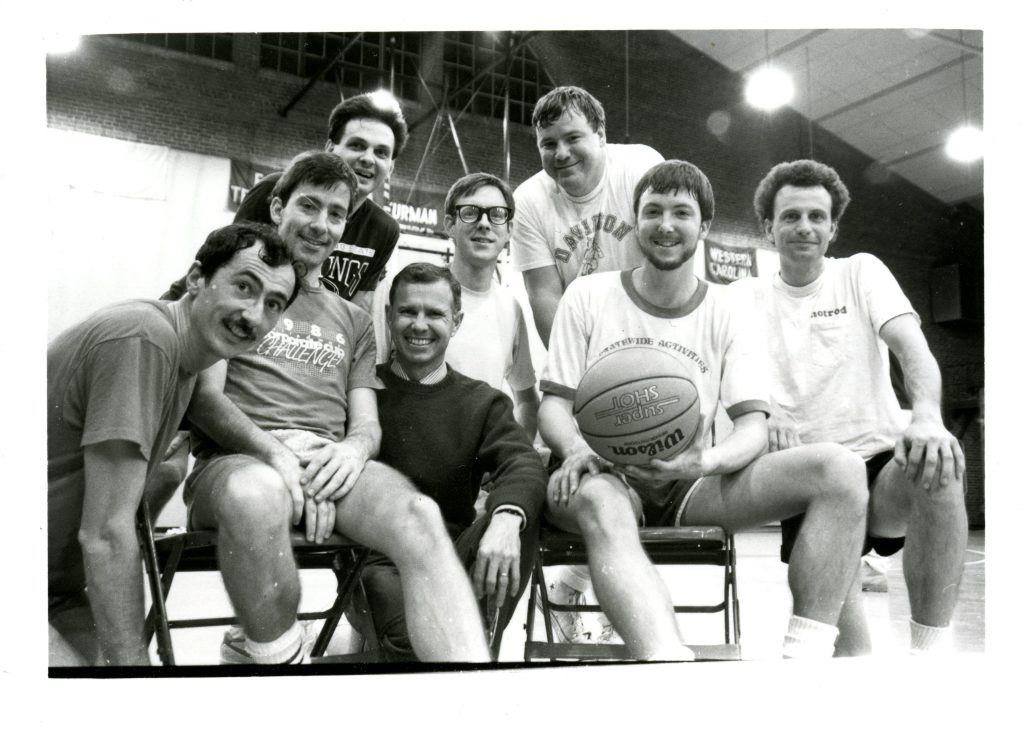

![Personnel directory photographs of Bill, 1990 - 1996. A handwritten note on the back of these photos reads "Zoro!" [sic], likely a reference to the 1950s TV series.](https://davidsonarchivesandspecialcollections.org/aroundthed/wp-content/uploads/sites/5/2017/03/personneldirectory19901996giduz002-1024x772.jpg)





